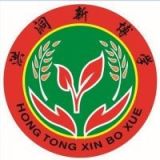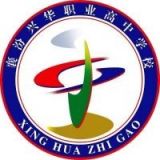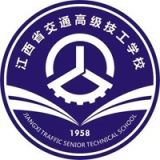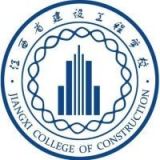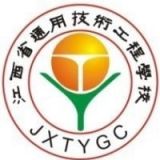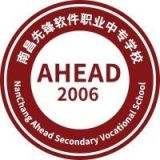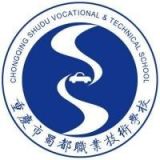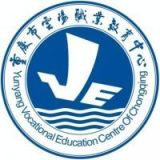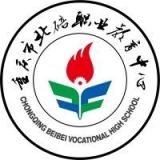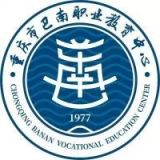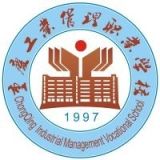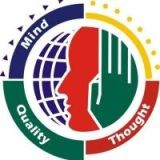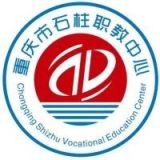如何将职业教育课程与其他学习形式相结合以提高学生的学习效率?
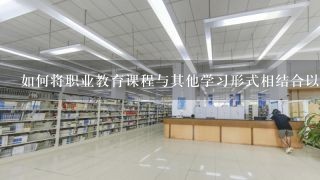
Answer:
1. Personalized Learning Pathways:
- Create individualized learning pathways for each student based on their interests, skills, and learning styles.
- Use adaptive learning technologies to adjust the pace and content of courses based on student progress.
2. Gamification and Simulation:
- Integrate game-like elements and simulations into courses to make learning more engaging and interactive.
- Use virtual reality and augmented reality to create immersive learning experiences.
3. Microlearning and Bite-Sized Content:
- Break down complex topics into smaller, manageable chunks of information.
- Use microlearning modules and bite-sized content to make learning more accessible and efficient.
4. Peer Collaboration and Group Work:
- Encourage students to collaborate on projects, assignments, and discussions.
- Use peer mentoring and group learning activities to foster communication and critical thinking skills.
5. Contextualized Learning:
- Integrate real-world scenarios and case studies into courses to provide students with practical application of knowledge.
- Use simulations and role-playing exercises to simulate workplace scenarios.
6. Feedback and Assessment:
- Provide regular feedback and assessments to track student progress and identify areas for improvement.
- Use a variety of assessment methods, including quizzes, projects, presentations, and peer reviews.
7. Flexible Learning Environment:
- Offer flexible learning options, such as online courses, evening classes, and self-paced learning modules.
- Provide accommodations for students with disabilities or learning differences.
8. Continuous Improvement:
- Regularly evaluate the effectiveness of the combined learning approach and make adjustments as needed.
- Seek feedback from students and instructors to identify areas for improvement.
9. Integration with Career Goals:
- Align course content with industry standards and career objectives.
- Provide opportunities for students to apply their knowledge in real-world settings.
10. Social Learning and Networking:
- Facilitate social interactions and networking opportunities among students.
- Encourage students to join professional organizations and attend industry events.






























































